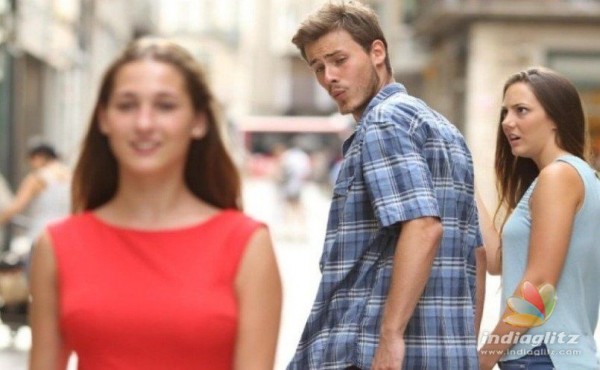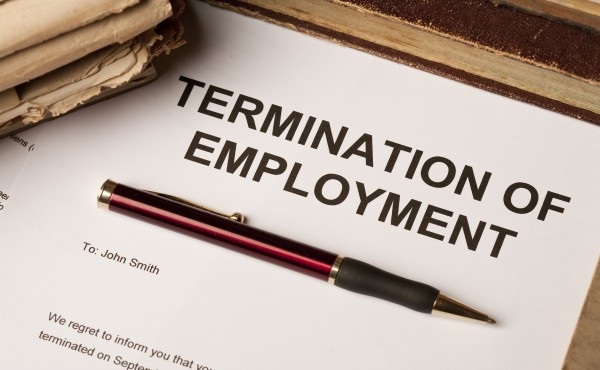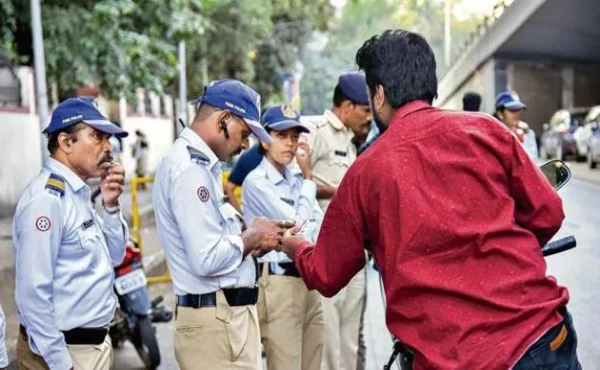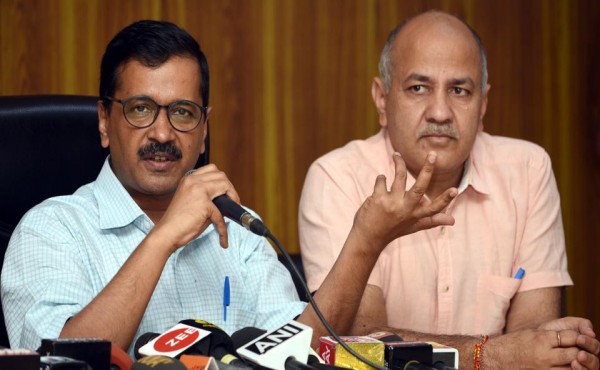Is Vikas Dubey’s Encounter Justified: a debate over right or wrong?
Dated: July 11, 2020
- By Megha Bhatia
On July 10th, 2020, the Kanpur-based gangster, Vikas Dubey, was killed by UP STF forces in an encounter while being transported from Madhya Pradesh to Kanpur in Uttar Pradesh. After a ground accident of the 3-vehicle convoy carrying him, the UP Police says, Vikas Dubey took advantage of the chaos, snatching a rifle and firing at police personnel. They had to shoot in self-defence, according to the officers. “Six policemen, including two from the Special task Force, were hurt in the accident and the exchange of fire around 6 am,” an official said.
But the fact that five of his men had been killed in different incidents over the past couple of days and that he had seemingly surrendered to the Ujjain police had several former top police officers and members of the opposition believing the encounter was “planned”. The killing has been described by civil rights groups and opposition political parties as a murder by the police.
If the killing of gangster Vikas Dubey followed the long-standing pattern of a “police encounter,” a model built for these purposes in recent years also followed the aftermath. In Kanpur, outside the mortuary where the body of the gangster had been taken from Ujjain after his murder on the lane, police officers were fed laddus and showered with petals.
At the crematorium where the body of Vikas Dubey was reduced to ashes, his wife also claimed that her husband was “wrong” and “this fate” was deserved by him.
The controversy about handcuffing suspects and moving them from one location to another has once again started after the accident. This incident stirred dust over the obviousness of him being not properly handcuffed by the police authorities, against the backdrop of the Supreme Court’s rejection of the procedure in separate rulings, finding it “inhuman, unreasonable, over harsh and arbitrary”.
Supreme Court had categorically stated that handcuffing of prisoners without judicial consent was illegal. “We clearly declare—and it shall be obeyed from the Inspector General of Police and Inspector General of Prisons to the escort constable and the jail warder—that the rule, regarding a prisoner in transit prison house and Court house, is freedom from handcuffs and the exception, under conditions of judicial supervision we have indicated earlier will be restraints with irons to be justified before or after,” the Apex Court stated.
There is a constant debate between those who praise this killing as a positive impact on criminals, or even justice for the police officers supposedly killed in an attack by Dubey and his gang, and others who claim that the rule of law should have been enforced and the courts should have prosecuted and convicted Dubey.
Many people have noted the sense of a repeating sequence of events following the Vikas Dubey case and subsequent encounters by Uttar Pradesh Police with him and his gang. In reality, on July 9th 2020, a Public Interest Litigation (PIL) was filed in the Supreme Court, requesting a report from the Central Bureau of Investigation (CBI) on the Uttar Pradesh Police’s killings of Vikas Dubey’s aides. According to a report, the plea filed before Dubey was killed raised concerns that Uttar Pradesh’s gangster might suffer the same fate as well.
Mumbai based lawyer Ghaynshyam Upadhyay filed a plea less than 24 hours back in Supreme Court warning of an extremely high likelihood of an encounter with Kanpur-based gangster Vikas Dubey. The complainant, arguing about the country’s “Talibanisation,” claimed fake encounters were being orchestrated by the Uttar Pradesh State and Police machinery.
According to a report, Mr. Upadhyay prayed that Dubey should be given adequate security so that he would be treated in accordance with the law. “Killing of accused by police in the name of encounter is against the rule of law and serious violation of human right and this is nothing short of Talibanisation of the country,” the petition stated.
It's a matter of public record that the (then) President of India's National Human Rights Commission (NHRC) Justice (retired) M.N. once on such encounters Venkatachaliah had made crucial observations. He had stated that, “Under our laws the police have not been conferred any right to take away the life of another person. If, by his act, the policeman kills a person, he commits the offence of culpable homicide whether amounting to the offence of murder or not unless it is proved that such killing was not an offence under the law.”
However, he had added that “it would not be an offence if death is caused in the exercise of the right of private defence.” And that there was another provision “under which the police officer can justify the causing of death of another person, is Section 46 of the Criminal Procedure Code. This provision authorises the police to use force, extending up to the causing of death, as may be necessary to arrest the person accused of an offence punishable with death or imprisonment for life. It is, therefore, clear that when death is caused in an encounter, and if it is not justified as having been caused in exercise of the legitimate right of private defence, or in proper exercise of the power of arrest under Section 46 of the Cr.P.C., the police officer causing the death, would be guilty of the offence of culpable homicide. Whether the causing of death in the encounter in a particular case was justified as falling under any one of the two conditions, can only be ascertained by proper investigation and not otherwise.”
The last such encounter that sparked a national debate was the killing in Telangana in 2019 of a group of men accused of rape and murder. The four accused had confessed to the gruesome rape and murder in November 2019 of a 26-year-old veterinary doctor in Shamshabad near Hyderabad. The suspects were killed in a police incident on highway Bangalore Hyderabad, when they were being kept in police custody for a crime scene reconstruction. This incident has already been in controversy back then for the reasons of an act of “anti-crime.”
As per advocate Abdul Quadir Abbasi, an Advocate on Record, Supreme Court, even though the courts take time to deliever justice, the state shouldn’t take the law in their hands. “Court should take suo motu cognisance of such incidents. State surrender before majoritarianism will lead to nowhere. Those people (lawyers in particular) who are supporting the fake encounters are invariably encouraging the concept of a Police state. Authoritarian rule will be established and no independent judiciary will be anymore. This is horrific in a democratic state. Fairness in action is the hallmark of every democratic set up,” he said.
Subhashini Ali, an activist as well as a Politician also came up and spoke on this incident stating, “On assuming the post of chief minister of Uttar Pradesh, Yogi Adityanath declared his intention of making the state crime-free. He said that anyone committing a crime would be hammered (‘thoke jayenge’). There’s a double entendre here: Thoke jayenge is also colloquial for bumping off and, taking their cue from the chief minister, the police adopted ‘encounter’ as their modus operandi against crime, completely ignoring the advice of former DGP Prakash Singh, a tough cop and inveterate champion of police reform, who had warned against making an encounter an expression of public policy.”
With opposition leaders and police officers now raising questions about this latest incident of extrajudicial punishment in the state, this debate is unlikely to die down soon.
Top Stories

Adultery no longer a Criminal offence says Supreme Court...
September 29, 2018
Stamp Duty on transfer of Shares and Debentures
September 14, 2018
Are Adultery Laws Biased in India
August 13, 2018
DISMISSAL, DISCHARGE, TERMINATION AND RETRENCHMENT OF AN...
September 14, 2018
What are HSN and SAC codes in GST? What is the differenc...
April 28, 2020



